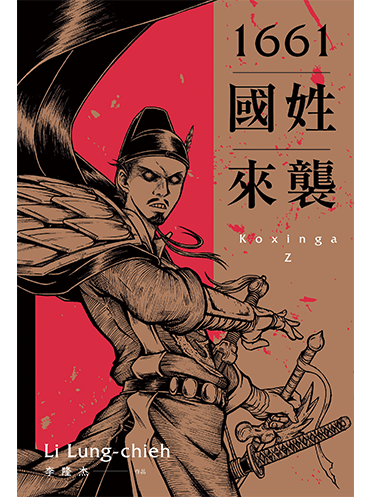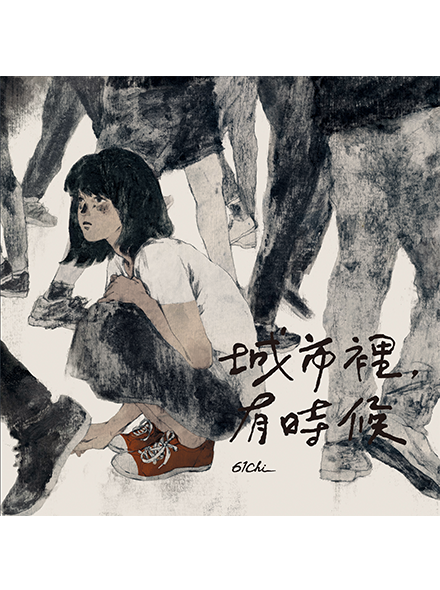Read Previous Part: https://booksfromtaiwan.tw/latest_info.php?id=110
Unfortunately, in the long term Taiwan’s comic industry has declined over time and the works by these outstanding creators remain no match for the imported Japanese manga. Regardless of whether it was pirated or approved by the authorities, Japanese manga has always made it difficult for Taiwanese comic creators to find a way to exist in the market and forces them to rise and fall with the tide.

A TEATIME ADVENTURE
This difficult environment has by no means hampered Taiwanese comic creators’ participation or perseverance. In recent years, the Democratic Progressive Party (DPP) government has strongly advocated for a new wave of Taiwanese comics and the developments that have begun to arise are very different from those of the past. The first is that we’re seeing works where Taiwanese history or local customs are a key theme, for example A Teatime Adventure by Kiya Chang, Dutchman in Formosa by Kinono, Scrolls of a Northern City by AKRU, Guardienne by Nownow, and 1661 Koxinga Z by Li Lung-Chieh all show a connection between Taiwanese comics and local history. Another new feature we’re seeing is comics taking a European-style “graphic novel” approach, such as the non-fiction periodical Tropical Monsson, and Son of Formosa which tells the story of a young man who became a political prisoner during the White Terror in Taiwan under martial law. Elsewhere on this front, Pam Pam Liu and Elainee have drawn on their family stories and work experiences in their respective comics Good Friend, Cancer and OT Diary. For the Time Being by Chen Pei-Hsiu and Sometimes in the City by 61Chi both employ the slightly experimental methods displayed by a new generation of young creators. Finally, we’re starting to see all kinds of boundary-crossing collaborations. In the same way that previously comics would collaborate with the film and theatre industries on series adaptations, we are now starting to see more engagement between comics and novels. For example, Ruan Guang-Min and Sean Chuang’s illustrated adaptation of Wu Ming-Yi’s novel The Illusionist on the Skywalk really showcased the strengths of both Taiwan’s literature and its comics.

1661 KOXINGA Z
For every move made by the Taiwanese comic industry you can find a parallel step in Taiwan’s political and economic development, whether it be the shift from foreign imports to locally produced comics, the industry’s striving for rebirth after authoritarian oppression, or the many new possibilities generated despite the testing external environment. This is by no means a coincidence but rather that in the face of any kind of challenge, Taiwan’s national resilience leads it to meet worsening setbacks with increasing bravery. We look forward to seeing this strong force come into play as both Taiwan and Taiwanese comics shine even more brightly on the world stage.

SOMETIMES IN THE CITY